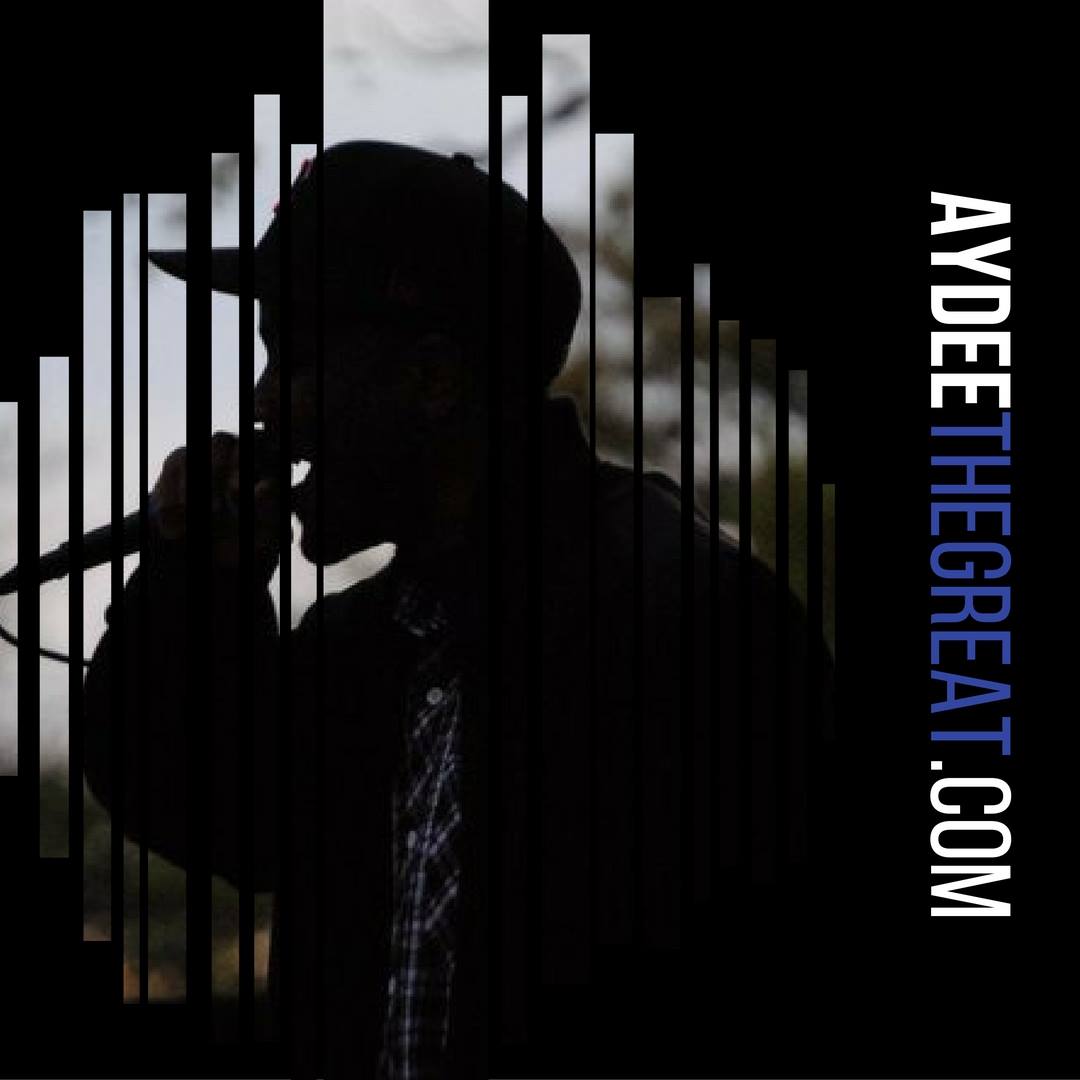
25 Jun Samuel J. Bush Memorial | Decatur, Illinois – June 3, 2023
130 years ago, today—that’s six and a half score—our fathers murdered our fathers in this new nation, purportedly conceived in liberty and dedicated to the proposition that all men are created equal.
In the 13 decades since the racist, criminal, terroristic lynching of Samuel J. Bush, here in Decatur, Illinois, on June 3rd, 1893, I imagine folks would like to spend a lot of time trying to convince us how much has changed. And I’m not one to deny obvious things. Change is constant and inevitable, so we can all rest assured and certain that some things have, indeed, changed. But…as is true with everything, context is important. It seems that many of us would like to believe that we’ve arrived at some desired place on the broad beating wings of unavoidable change. And many others would like us to believe that that place we’re at is on the other side of what was so frequently described as “the race problem.” Folks love to ask, “How do we solve it?”
It’s an interesting question. And I might be tempted to try to offer a response, except I don’t think we have ever fully reckoned with the questions that should precede it, “How have we lived with it?” “How do we live with it?” and the multitude of questions that might implicate us in the perpetuation of the problem that we all claim to want solved.
Like all kinds of technologies, race has manufactured products and conditions from which people have, and continue to, benefit. And race might be a more brilliant technology than the automobile. Its invention was also, unfortunately, the invention of the automobile accident, which is a leading cause of death every year. In the analogy to race, some people might think that an unintended consequence of its invention was racism, but if we asked ourselves those questions, “How have we lived with it?” and “How do we live with it?” I imagine we’d recognize that a lot of the answers will lead to those products and conditions some folks have and are still benefiting from. And as long as those folks continue to benefit, a question like “How do we solve it?” will ring hollow because people are not at all invested in “solving” things from which they benefit.
And this is a country not just deeply steeped in race, but built on soil stained by it, with labor powered by it, on laws that weaved race into its very fabrics. And hardly anybody asking “How do we solve it?” is interested in undoing this country if we come to the collective conclusion that that might be the necessary solution. So, what do we do?
I suppose we could pretend. We could all agree that this marker, or the changing of names on buildings, the removal of a couple of offensive statues and editing some history books are our contributions to the work we tell ourselves is necessary, while understanding its futility. But we aren’t even good at this kind of collective pretending.
William Faulkner famously wrote, “The past is never dead. It’s not even past.” I don’t believe the questions, “How do we live with it” and “How have we lived with it?” are separate questions from one another.
How did Decatur and Mt. Zion live with the lynching of Samuel J. Bush? How have these communities lived with it?
The following year, 1894, I’ve read, there was another attempted lynching. A porter named James Jackson, was accused of the attempted rape of a white woman. Rather than depend on legal protections and run the risk of seeing Jackson lynched like Bush, the Black community engaged in a strategy more akin to what the Decatur pressman and militant activist Everret Edward Jacobs had previously advocated when Bush was lynched. The historian Sundiata Cha-Jua describes it as “a warlike demonstration.” He writes of the community taking up arms in defense of Jackson, “Blacks controlled the streets surrounding the jail. They could be seen in doorways, under stair wells and behind wagons, armed and ready for action. Other African-Americans patrolled the streets scrutinizing whites who happened to be out at that late hour.”(4) Cha-Jua also writes that the Bush lynching “sparked a five-year battle between militant African-Americans and Decatur’s white Republican party leadership,” as Black leaders continued their protests into the 1898 congressional and county sheriff electoral races.
“How have we lived with it?” “How do we live with it?”
Well, I never heard or read this history as a student in Decatur’s public schools.
It was other things that dredged up these histories for me, and being the kind of kid I was, it was appalling enough for me to want to make art to make sure people found out what I found out. It became the kind of thing I would mention in passing to anyone remotely interested in having a conversation about education or history or what’s happening in town presently. Because those things—especially what we’re doing presently—show the community and the world how we are living with it, how the past is not even past.
Stories about Samuel J. Bush, James Jackson, and Everret Edward Jacobs predate the so-called “war on drugs,” but theirs, too, are stories about restrictive control of Black people and about resistance to and refusal of such that might be instructive to us now.
In what ways are our communities still engaged in these battles from 130 years ago, the warlike posture on either side of this technology called race that some folks benefit from and causes others to suffer? How has this affected our ability to reckon with not just what happened in the past, but what continues to happen daily?
This marker, to my mind, is not the end. It isn’t the goal. It won’t solve a problem. It’s here to remind us that there is a problem. And that we are living with it. It’s here to prompt us to ask ourselves, our communities, and our elected officials, “How do we live with it?” “How will we live with it?” with expectations of real responses because we are definitely still living with it. It should also prompt us to ask who is benefiting from it, what they are getting, and at what cost to the rest of us?
This marker is a challenge. History doesn’t just happen. It’s made by people living. It’s documented by people watching and listening. It’s sometimes taught by people, and it’s often ignored or suppressed by people who see it as a challenge to the way things are or the way things could be.
These are reasons I’m so invested in history, even, maybe especially, as an artist and professor of hip-hop—because if the past is not even past, perhaps we might be the people living history or watching and listening to document history or teaching history or calling out those instances when history is being ignored or suppressed, and asking those necessary questions that need to be asked, the unfinished work of living with what we’re living with, full of hopes of getting to what lies on the other side of those questions.
So my challenge to you, now, is to ask how each of you have lived with it, how you are living with it, and how you will live with it…and to ask you if that living will honor the memory and the legacy of Mr. Bush and our communities, and what we say are our collective goals as a city or as a country, trying our best not to perish from this earth.


No Comments